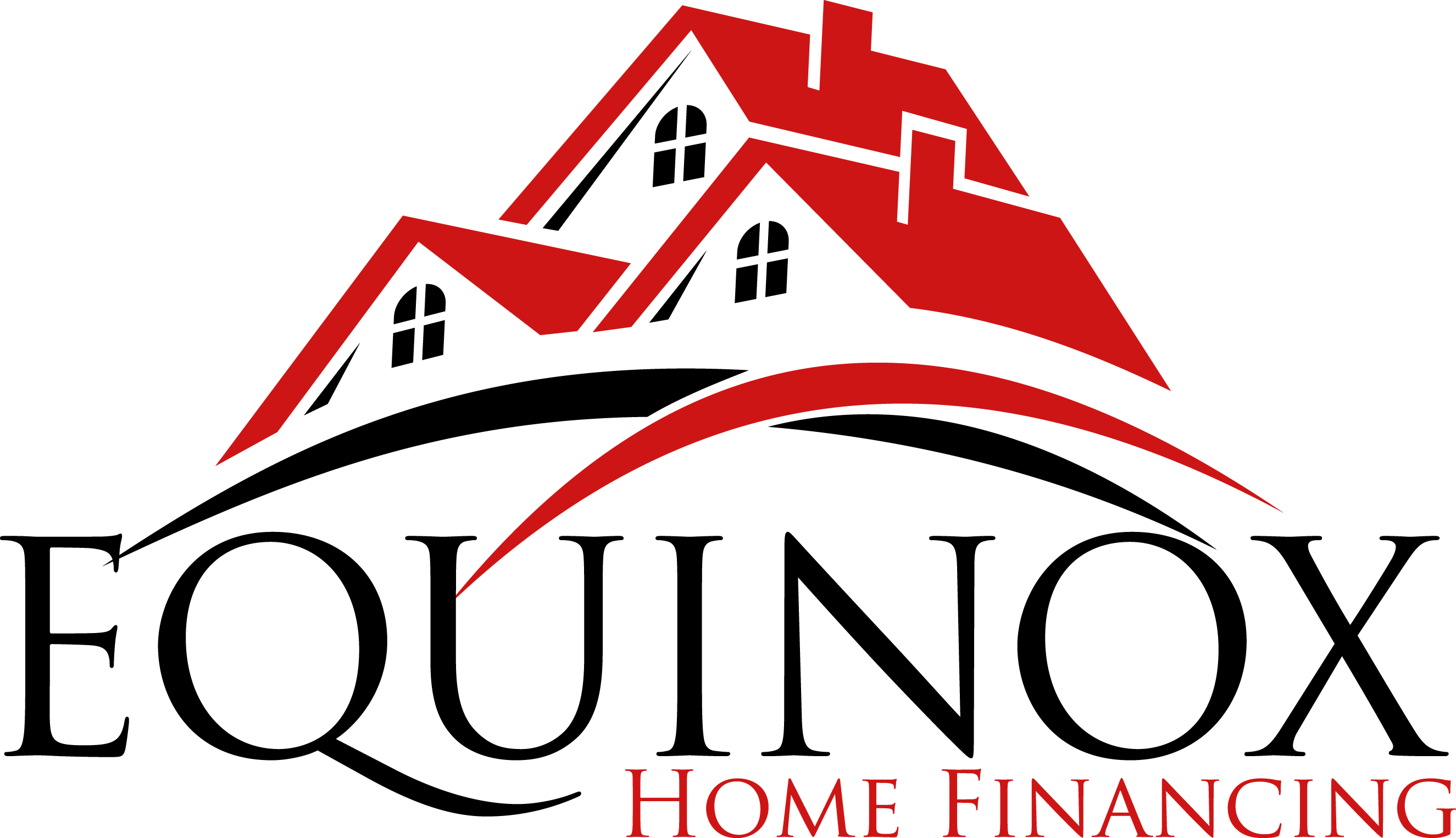Bank Statement Loan Requirements
If you’re self-employed, your taxes probably don’t tell the full story of your income. That can be a considerable issue when applying for a traditional mortgage loan, which often relies on pay stubs, W2s, and tax returns. Bank statement loans, however, use a different set of criteria in the approval process.
What is a bank statement loan?
In short, it’s a mortgage loan that relies on bank statements for qualification.
A bank statement loan is designed to meet the unique needs of borrowers who don’t fit the standard mortgage loan mold. There’s no need for tax forms and there is no IRS check of any kind. Instead, the potential borrower gives the lender 12 or 24 months of bank statements from either personal or business accounts.
Bank statement loans, which have fixed or adjustable-rate options, are non-QM loans. What does that mean? Non-QM (non-qualified) loans often offer more flexibility in their underwriting guidelines compared to “qualified loans,” as defined by the Consumer Financial Protection Bureau. Non-QM loans usually have more relaxed credit and income requirements. For example, unlike qualified loans, many non-QMs don’t have waiting periods after bankruptcy or foreclosure. Non-QM mortgages often allow for higher debt-to-income (DTI) ratios compared with qualified ones.
APPLY NOW
What kind of property can you purchase with a bank statement loan?
You can use a bank statement loan to finance a primary residence, a second home, or a residential investment property. Just about any type of property you can purchase with a traditional mortgage loan, you can buy with a bank statement loan.
What is required for a bank statement loan?
While bank statements alone are often sufficient for loan approval, some borrowers may need to provide further documentation to their lender. This could include profit-and-loss statements for a business, credit card statements, and balances on existing loans, including car loans or student loans. A potential borrower may need to provide documentation of assets, such as retirement accounts and other investments.
Cash reserves might be a consideration. A mortgage professional may wish to see additional funds in a separate savings account or liquid assets, such as a money market account or marketable securities. This is to ensure that the borrower has enough money set aside to cover the mortgage and other expenses in the event of an unforeseen financial circumstance.
Do you need a down payment for a bank statement loan?
Yes. While requirements vary by personal circumstances, it is common for borrowers to put down between 10% and 20% or more of the home’s purchase price. But that cash doesn’t have to come from your bank account; close to one in four first-time homebuyers use a gift or loan from friends or family to make a down payment on a home.
Who should get a bank statement loan?
A bank statement loan is designed for people who earn income in non-traditional ways, such as those who have been self-employed for at least two years. This includes small business owners, independent contractors, and, increasingly, gig workers and freelancers of all kinds. Retirees, who rarely draw income from a weekly paycheck, also benefit from bank statement loans.
If you work for yourself, you’re in good company. About 15 million Americans are self-employed. The Pew Research Center estimates that self-employed workers make up around 10% of the U.S. workforce, with 84% of this group working full-time and 16% working part-time. And growing—the rise in gig workers has reshaped America’s economy.
How much income do you need to qualify for a bank statement loan?
While not an exact science, calculating what percentage of income should go toward a mortgage has some common guidelines. Such as the 28/36 rule. According to this widely used rule, you should spend a maximum of 28% of your gross monthly income on housing, including mortgage payments, taxes, and homeowners’ insurance. A maximum of 36% of your income should go to all debt, including credit cards and car loans. You can get a good idea of your 28/36 with an online calculator.
A Guide on How Income is Calculated for Bank Statement Loans
Tap Into Your Home’s Equity
Bank statement loans aren’t just for primary mortgages. If you own a home, you could use a bank statement loan to access cash with a HELOC or a HELOAN. Both loan types use the home as collateral, and both usually offer better terms than you would get with a credit card or a personal loan.
What’s the difference between the two? A HELOC (home equity line of credit) opens a line of credit for a specified amount of money and time with a fixed or variable interest rate. The borrower can take out money as needed and make payments as required. With a HELOAN (home equity loan), the borrower gets money in a lump sum with a determined interest rate and a payment schedule.
To apply for a bank statement loan…
The process is similar to applying for a traditional mortgage loan. A potential borrower needs to provide basic information, such as name, address, social security number, annual income, and an estimate of household expenses.
As you’ve probably guessed, you’ll also need bank statements, usually the past 12 to 24 months of business or personal bank statements. Make sure they’re consecutive and complete, as one missing statement could impede the process. Your mortgage professional will analyze these statements, looking for deposit patterns to determine overall income.
Watch Out for Red Flags
Be careful about mortgage red flags such as unusual activity in your bank account; lenders may question large deposits or withdrawals that don’t fit a recognizable pattern. A low credit score might also be an issue; lenders usually want to see a score of 640 or higher, while a score of 700 or higher could yield a better interest rate and more favorable terms. A high debt-to-income ratio could affect loan approval; less than 45% DTI may be optimal.
